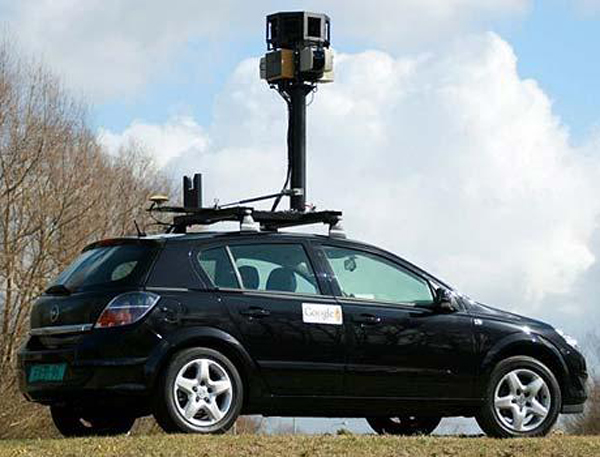Surely by now you’ve heard of that Google Street View debacle, wherein those crazy cameramobiles were ‘unintentionally’ grabbing data from unprotected wi-fi hotspots? Sure you have. Anyway, unintentionally or not, several owners of said unprotected hotspots are now banding together to slam Google with a class action lawsuit to the tune of ten thousand dollars per offending instance. Ow.
The lawsuit detailed that “when Google created its data collection systems on its Google Street View vehicles, it included wireless packet sniffers that, in addition to collecting the user’s unique or chosen Wi-Fi network name, the unique number given to the user’s hardware used to broadcast a user’s Wi-Fi signal, the GSV data collection systems also collected data consisting of all or part of any documents, e-mails, video, audio, and VoIP information being sent over the network by the user.”
And, of course, it’s true, and Google has admitted it, and they’ve since stopped. But as Google never really planned to do anything with the data anyway (possibly a lie, but let’s just give them the benefit of the doubt), I’m more interested in why in today’s Western world a private internet user had an unprotected network to begin with.
On the other hand, it’s also interesting to muse at why Google’s cameramobiles had that code, anyway. I mean, yeah, they say it’s a leftover, but… makes you wonder, is all.
[Via PC World]


Leave a Reply